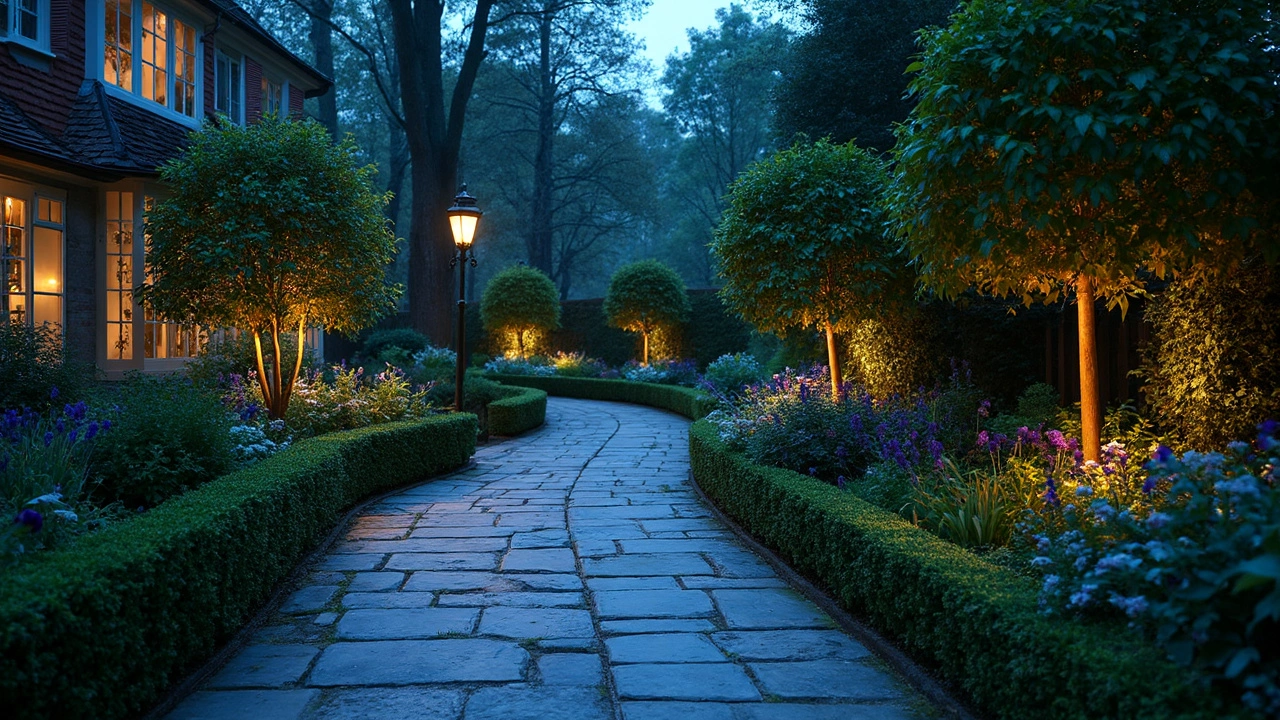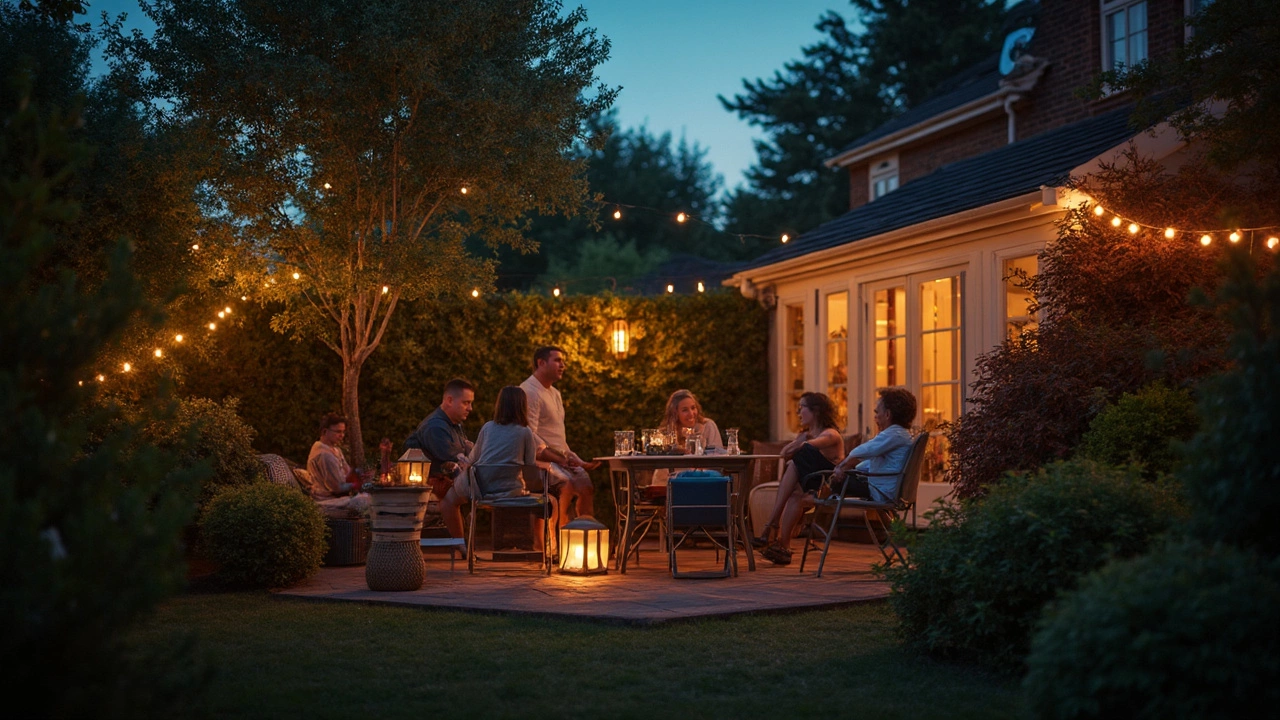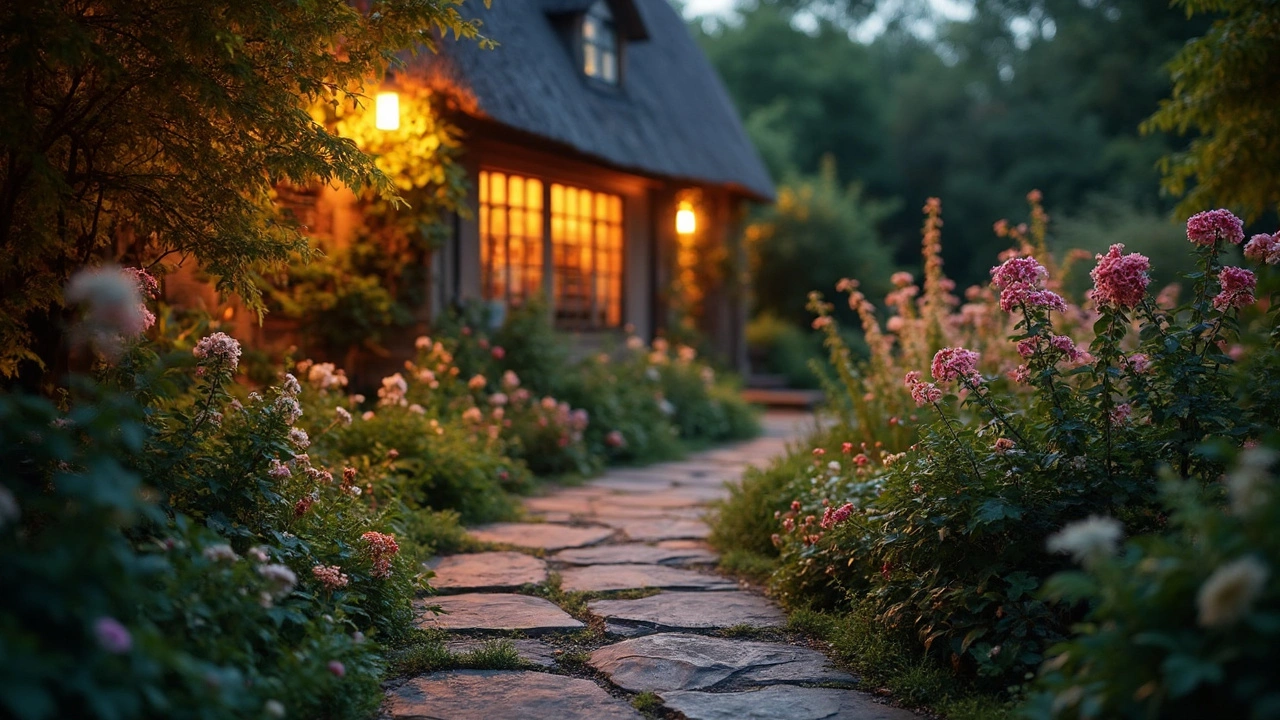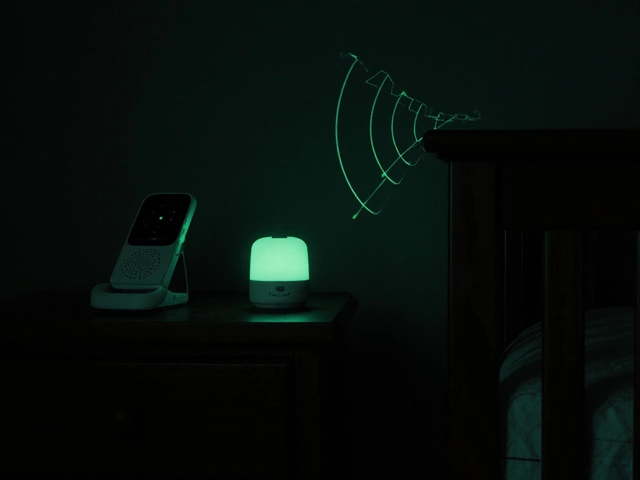Want your backyard to pop at night, but not sure what color outdoor lights to use? This is the age-old struggle: you put effort into your garden or deck, but once the sun drops, it’s either a harsh, alien glow or a spooky shadow zone. People across Wellington (and let’s be honest, everywhere else) wind up with outdoor lighting that looks more like an airport runway than a haven. Pork sausages on the barbie deserve better lighting, don't you think?
Science Behind Outdoor Lighting Colors
The color of your outdoor lights changes everything, not just how your garden looks but how safe and comfortable it feels. Light color, or what the pros call colour temperature, gets measured in Kelvins (K). Here’s the simple version: the lower the Kelvin number, the warmer and more yellow the light. Most classic “warm white” lights sit around 2700K to 3000K. Sunlight at noon? That’s a cool 5000K to 6500K, leaning blue.
Your brain actually reacts differently to warm versus cool light. Warmer hues trigger relaxation, making us think of sunset or those old-timey filament bulbs. Cooler light (higher Kelvin) tends to wake us up and make spaces look clearer, but if you overdo it, your outdoor area turns sterile and unwelcoming. That’s straight-up science: research out of the Lighting Research Center in New York found people perceive warmer lights as cozier and more inviting, while blue-toned lights feel harsh.
Another thing—warm-toned outdoor lighting attracts fewer bugs. A 2022 study from the University of North Carolina showed bugs swarm cool-white LEDs way more than yellow-toned ones. Want to drink your beer in peace? Ditch the blue-white floodlights.
People often overlook color rendering as well. Lights with a higher color rendering index (CRI) help you see actual colors better at night. Low CRI makes plants look sad and grey, even if your lawn is Wimbledon-ready during the day.
Warm Whites, Cool Whites, and Everything In Between
Walk through most neighborhoods, and you’ll spot different lighting vibes. Some houses glow golden—others look icy-blue, almost dentist’s-office bright. Here’s how different shades actually work outside:
- Warm white (2700K–3000K): Think classic, candlelight vibes. This makes patios, decks, and garden beds feel like a rustic hideaway. Plants look lush and people’s faces look great.
- Natural white (3500K–4100K): These sit in the middle. They’re popular for walkways or driveways because they don’t distort colors much and still keep things clear, not clinical.
- Cool white (5000K+): Super-bright, slightly blue. Used in commercial car parks, security lights, and often by mistake in home gardens. It’s clear, but it flattens colors and makes people feel exposed.
Pools, for example, always look more inviting under warm white or soft blue LEDs compared to clinical white light. Try standing next to a pool lit by hospital-bright spotlights—it’s not exactly a vibe. If you want your outdoor kitchen or barbecue corner to be party-ready, warm white is your best mate—food looks tastier, and everyone looks Instagram-perfect, even after a long day.
But don’t count out colored LEDs entirely. In Wellington’s Oriental Bay, you’ll see playful pops of blue and purple under trees during summer festivals. For most of us at home, though, colorful lights work better as highlights or for holidays, not as the main source of outdoor light. Keep your main lights simple, cozy, and natural.

Matching Light Color to Spaces and Needs
This bit’s where every homeowner gets stuck: figuring out which area needs what color. There’s no single answer, but a few real tips make it easy:
- Entryways and porches: Stick with warm white (2700K–3000K). This feels welcoming, and it’s forgiving on tired faces after long days at work or school. Warm lights around the door help the house look lived-in—a big deterrent for would-be burglars.
- Pathways: Natural white (3500K–4000K) offers just enough brightness for safety without sending your garden into blinding mode.
- Decks and patio spaces: Warm white. Nobody wants to share a drink under harsh blue light. Plus, plants, wooden decks, and stone all look richer bathed in a golden glow.
- Security and flood lighting: This is where you get permission to use cool whites—briefly. Only use bright white (5000K+) in spots where you absolutely need maximum visibility, like the side alley or behind your garage. Point these away from living spaces, though, unless you love the look of a supermarket loading dock.
Don’t ignore plants and trees. Warm white or soft amber spotlights make palms and ferns look dramatic, especially at night. Tuning color for each space isn’t about fuss—it’s about comfort and mood. Ever seen a garden party lit up with mismatched bulbs? Chaos.
If you’ve got outdoor art or a water feature, color can give them a secret life after dark. Subtle blue uplights or even a gently rotating RGB spotlight turns a sculpture into an evening centerpiece. The trick is restraint—less is more.
How Light Color Affects Safety and Wildlife
This gets overlooked, but the color you pick for your outdoor lights can even affect animal life and your own sleep. Here in New Zealand, we’re surrounded by brilliant birdlife: tūīs, kererū, and the odd possum. Unnatural white and blue lights confuse birds’ sleep cycles. Evidence from Massey University says native birds avoid a garden with harsh blue LEDs, especially after dusk. Warmer light blends better with nature and lessens disruption.
Your own sleep can take a hit too. Blue-heavy lights mess up melatonin, your “sleep hormone.” If your bedroom window faces an LED-flooded backyard, you might struggle to nod off. NZ’s Ministry of Health even recommends warmer lights in outdoor areas close to bedrooms to ease that effect.
Safety’s not just about seeing where you step—lighting color can make your garden or pathway safer in other ways. Warm lights make shadows softer, so it’s easier to spot movement without blinding yourself in glare. Too-bright white actually hides suspicious movement, since animals or people can blend right into harsh glare.
Want to keep spiders and mossies at bay? Warm amber LEDs spread less of the blue spectrum that bugs find irresistible. In my own backyard, swapping a porch globe for a soft yellow LED dropped our nightly moth count by at least half.
Light pollution matters too. Well-shielded, warmer outdoor lights point down—helping everyone from stargazers to neighbors who want to sleep in peace. Councils across New Zealand and Australia have started encouraging property owners to shift to warm-toned, low-glare outdoor lighting. It's smart not just for wildlife—but for your power bill too.

Real-Life Layouts and Pro Tips
So how do folks actually set up outdoor lighting that looks good and does the job? Here’s what works best, whether you’re lighting up a tiny paved courtyard or half an acre:
- Layer your lights. No single bulb should be doing all the work. Combine pole lights, step lights, and hidden “wash” lights under benches for a warm, balanced look.
- Use dimmable LEDs whenever possible. Adjustable tones turn a bright white into a cozy glow for late-night chats or after-party cleanups.
- Outdoor smart lights let you change color temp via your phone. That’s not just for show—it means you can crank up the white for safety, then dial it back when guests come over.
- If you have a feature tree, try uplighting it with a soft amber LED. It adds depth and a bit of drama without looking like a laser show.
- Keep lights shielded and directed downward. This avoids glare, saves energy, keeps bugs away, and helps stop your “ambience” from leaking next door.
- Replace any old security lights with motion sensors, paired to a cooler white. That way, they’re only on when needed—no one enjoys sleeping through a midnight daylight blast.
- Stick to the same color family throughout your garden. Mixing warm and cold lights makes even fancy landscaping look cheap and jarring.
- Want a shortcut? Go with 3000K warm white LEDs in most living spaces. It’s the unsung hero: bright enough, soft enough, not a bug-magnet.
If you’re renting or don’t want to rewire, try solar-powered warm LEDs. They charge up even in Wellington’s wild weather and make it painless to upgrade the mood of a path or front garden.
For parties or special nights, keep a pack of solar fairy lights in a drawer. You can wrap shrubs or railings, and nobody notices if they turn off at 2 a.m. anyway.
One thing I see all the time? People buy the brightest bulbs possible, thinking it’ll make their garden safer. In reality, lots of gentle, well-placed warm lights do the job better—no overkill needed.


